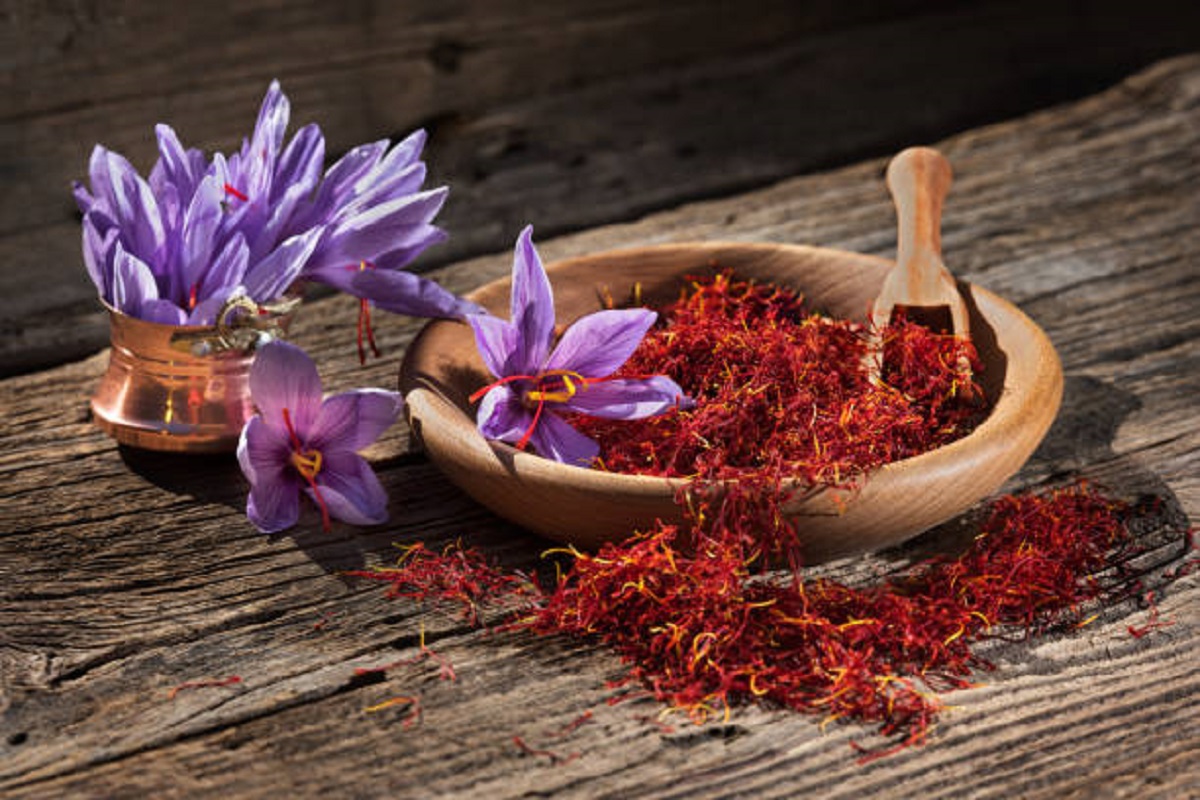Indian-American takes office as head of top US medical research body
Jayanta 'Jay' Bhattacharya on Tuesday took over as the 18th Director of the US National Institutes of Health, which is the country’s premier medical research agency.
During his Asian campaigns, Alexander the Great used Persian saffron in his infusions as a curative for battle wounds
SNS | New Delhi | February 3, 2022 4:32 pm

Facts about Saffron (Representational Image: iStock)
Saffron (Crocus sativus) is a plant. The dried thread-like parts of the flower (stigmas) are used to make saffron spice, food coloring, and medicine.
Saffron contains chemicals that might alter mood, kill cancer cells, decrease swelling, and act as antioxidants. It can take 75,000 saffron blossoms to produce a single pound of saffron spice. Saffron is largely cultivated in Iran and harvested by hand. It’s one of the world’s most expensive spices.
Advertisement
People commonly use saffron for depression, anxiety, menstrual problem, and many other conditions.
Advertisement
Here are some of the surprising facts about which you might be aware:
1. Saffron-based pigments have been found in 50,000-year-old depictions of prehistoric places in northwest Iran. Later, the Sumerians used wild-growing saffron in their remedies and magical potions.
2. In ancient Persia saffron threads were woven into textiles, ritually offered to divinities, and used in dyes, perfumes, medicines, and body baths. Saffron threads were scattered across beds on the wedding night of the newly-wed, who were also offered saffron powder in hot milk as an aphrodisiac.
3. During his Asian campaigns, Alexander the Great used Persian saffron in his infusions as a curative for battle wounds
4. Damp and hot conditions damage saffron crops that can tolerate extremely low temperatures( even less than minus ten degrees Celsius).
5. Saffron has also been used as a fabric dye and in perfumery, particularly in China and India.
6. It is also used as an insecticide or pesticide!
7. Modern medicine has discovered saffron as an active anti-mutagenic, immune modulator, anti-depressant, antioxidant, and sex stimulant.
8. It is believed to help in ailments like indigestion, high blood pressure, menopausal problems, gastro intestine, and scabies.
9. Deep saffron is the color of the upper band of the Indian National Flag, representing courage, sacrifice, patriotism, and renunciation.
10. Kesar is also referred for lions, as the standard complexion of lions is saffron. 10 interesting facts about saffron
Advertisement
Jayanta 'Jay' Bhattacharya on Tuesday took over as the 18th Director of the US National Institutes of Health, which is the country’s premier medical research agency.
Discover the incredible health benefits of karela, from diabetes control to kidney health, as highlighted by Acharya Balkrishna.
Economic activities have taken the centre-stage of human life. Everyone has to earn his own money to sustain - to obtain food, shelter, education, health and entertainment.
Advertisement
